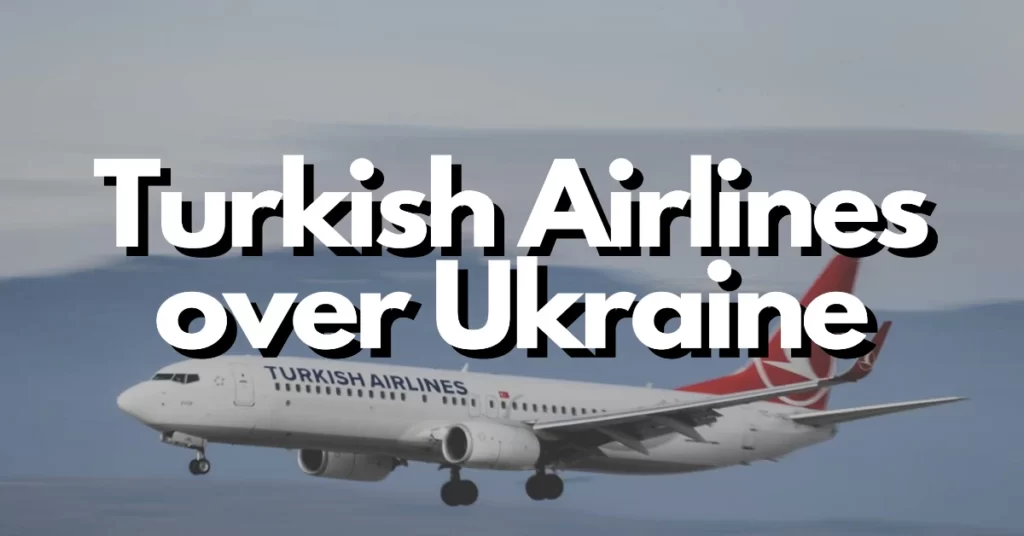In the vast expanse of the skies, the precise coordination of flight paths is essential to ensure the safety and efficiency of air travel. Yet, a recent incident involving a Turkish passenger flight from Norway to Antalya demonstrated the intricate challenges that aviation can face.
In an unexpected turn of events, the aircraft inadvertently entered Ukraine’s closed airspace, sparking concerns and raising questions about the complexities of route planning and airspace management.
Navigational Deviation: A Turkish Flight’s Unplanned Encounter
On a seemingly routine journey from Oslo to Antalya, a Turkish BBN Airlines Airbus A320-200 encountered an unforeseen detour. As the aircraft soared above the European landscape, it deviated from its intended route and ventured into the restricted airspace of Ukraine.
The Flightradar24 website documented the aircraft’s unexpected path, revealing its entry into the closed airspace. This unplanned deviation led the plane to traverse the border region between Zakarpattya and Chernivtsi oblasts in western Ukraine before continuing into Romanian airspace.
Navigating Closed Skies: Unfolding the Incident
The airspace over Ukraine has been closed since February 24, 2022, a measure introduced to enhance safety and address regional challenges. This decision, enacted as a response to the complex geopolitical landscape, has significant implications for flight routes and navigational planning.
The Turkish airline flight, unaware of the airspace restrictions, found itself inadvertently encroaching into the closed region. This incident serves as a poignant reminder of the intricate dance of aircraft movements and the delicate interplay between geographical boundaries and aviation regulations.
A Change of Course: Weather or Human Error?
BBN Airlines, the operator of the flight, later confirmed that the navigational deviation was prompted by a weather-related concern. On July 25, as an approaching storm loomed, the aircraft altered its course in an effort to ensure passenger safety.
While this explanation sheds light on the motivations behind the unexpected path, questions linger about the communication and coordination that should accompany such navigational shifts.
Commitment to Prevention: Airline’s Response
Addressing the incident, a spokesperson for BBN Airlines expressed understanding about the concerns raised by the flight’s unexpected detour. The airline acknowledged the need to take swift and proactive measures to prevent similar incidents in the future.
This commitment to enhanced navigational vigilance underscores the industry’s dedication to continuously refine its operations and safety protocols.
Conclusion
The inadvertent entry of a Turkish passenger flight into Ukraine’s closed airspace offers a unique glimpse into the intricacies of modern aviation. Beyond the visible marvel of flight, a symphony of meticulous planning, real-time decision-making, and adherence to regulations unfolds in the skies. The incident highlights the challenges of harmonizing airspace restrictions, regional dynamics, and weather considerations.
As aviation continues to evolve, incidents such as these serve as valuable lessons, reminding us of the need for unwavering diligence and collaboration to ensure the safety and efficiency of the global air travel network.
